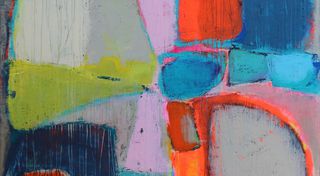

Biography
Roberto Montenegro Nervo, born on February 19, 1885, in Guadalajara, Jalisco, and passed away on October 13, 1968, in Mexico City, was a renowned Mexican painter, muralist, and illustrator. He was among the first artists to participate in the Mexican muralism movement following the Mexican Revolution.
Coming from an affluent family, Montenegro was the son of Colonel Ignacio L. Montenegro and María Nervo, aunt of poet Amado Nervo. From a young age, he showed an interest in art and began illustrating publications such as the Revista Moderna de México. Between 1904 and 1905, he studied under Félix Bernardelli in Guadalajara, then joined the Academy of San Carlos in Mexico City, where he was trained by masters like Antonio Fabrés, Germán Gedovius, Leandro Izaguirre, and Mateo Herrera.
In 1906, he received a scholarship from the Secretaría de Instrucción Pública to study in Europe. He settled in Paris, where he was influenced by artistic movements such as Symbolism, Art Nouveau, and Cubism, and interacted with artists like Pablo Picasso, Georges Braque, and Juan Gris. He also studied at the Academy of San Fernando in Madrid under Ricardo Baroja.
During World War I, Montenegro took refuge in Mallorca, where he created his first mural titled Allegory of the Balearic Islands at the Círculo Mallorquín. He returned permanently to Mexico in 1921 and actively participated in the Mexican muralism movement. His most notable work is the decoration of the former monastery of San Pedro y San Pablo in Mexico City, where he created frescoes such as The Tree of Life (1922) and The Festival of the Holy Cross (1923-1924).
In addition to mural painting, Montenegro dedicated himself to illustration and the promotion of Mexican folk art. He was appointed director of the Folk Art Museum of Bellas Artes in 1934 and organized exhibitions showcasing Mexican craftsmanship. He also published works such as Mexican Painting 1800-1860 in 1933 and Mexican Altarpieces in 1950.
Throughout his career, Montenegro received several accolades, including the National Arts Prize in 1967. His legacy endures in Mexican art history, both for his contributions to the muralism movement and for his promotion of folk art.
Nationality




